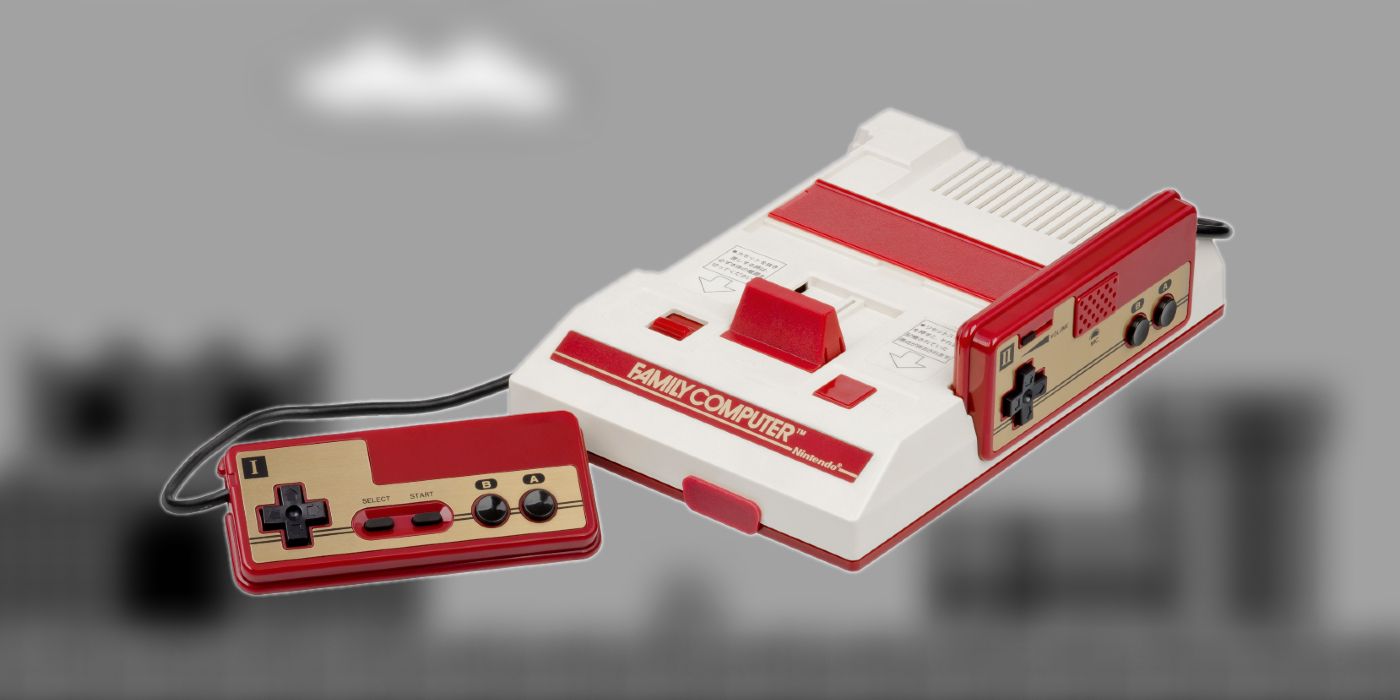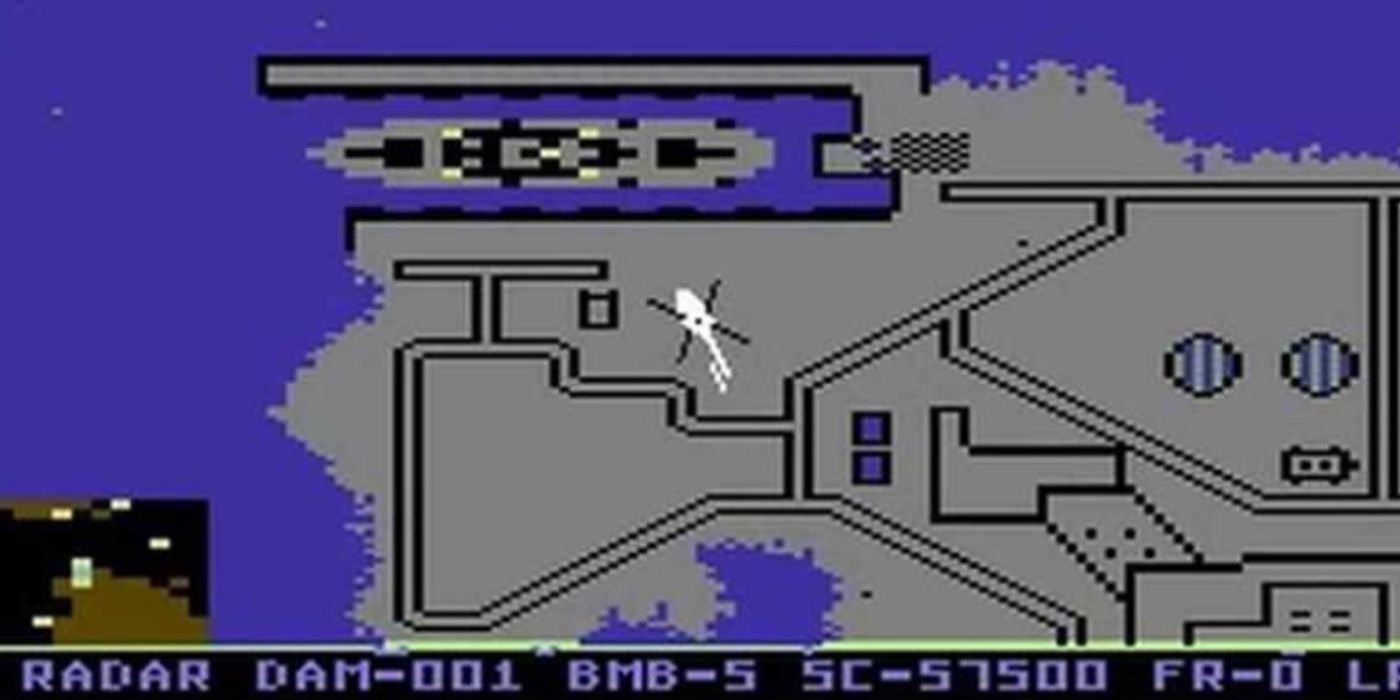Players around the world finally know why the original Nintendo Famicom entertainment system had a microphone built-in to one of the console's controllers, thanks to a new interview with Masayuki Uemura, the engineer who created the NES. One of the most well-known consoles ever developed and the one most often credited with popularizing playing video games in the living room as opposed to an arcade, the Famicom (known as the Nintendo Entertainment System, or NES, outside of Japan) originally released in July of 1983 and would set the precedent for how Nintendo as a company handled gaming moving forward.
Ever since, Nintendo has always tried to be at the forefront of technological improvements and has not been afraid to try out experimental mechanics in order to better facilitate the gaming experience. While some of these (like Nintendo's Power Glove) did not turn into the massive successes the company hoped, some of their ideas (like the insanely popular motion control functions of the Nintendo Wii) have proven to be so popular almost everyone else in the industry has tried to find a way to emulate them. Now, thanks to a new interview, longtime Nintendo fans know this dedication to creativity and innovation has been a pillar of the company's development process since the very beginning.
Speaking with Eurogamer, Masayuki Uemura describes at length the process in which the original Nintendo Famicom was created, and how the success of previous electronic toys paved the way for the company to move into digital gaming. When asked about the Famicom controllers, and about the purpose of the small microphone included in Player 2's controller in particular, Uemura reveals its true reason for existing. "That was me," he said. According to the interview, "the intention was to capitalise on the karaoke boom in Japan at the time, though ultimately its most famous use was in Will Wright's Raid on Bungeling Bay."
Will Wright, the designer who created breakthough titles like SimCity and The Sims, utilized the Famicom's microphone in a then-unique way. "Players could call for help via that mic in the second controller," the interview states, a function which did not gain much ground in terms of popularity at the time but has been tried in multiple games since, including the PlayStation 2 game Lifeline, where players spent the entire game controlling their on-screen character via voice commands.
While people singing karaoke through the Nintendo Famicom never caught on quite like Masayuki Uemura hoped, and Raid on Bungeling Bay isn't really remembered as one of the best NES games of all time, the system did go on to give birth to an entire new generation of video game consoles. Nintendo's outside-the-box thinking has had both hits and misses, but the current success of the Nintendo Switch combined with their past victories proves that it's better for companies to try something unique, like the Nintendo Famicom controller microphone or the Power Glove, than to never try anything at all.
Source: Eurogamer


